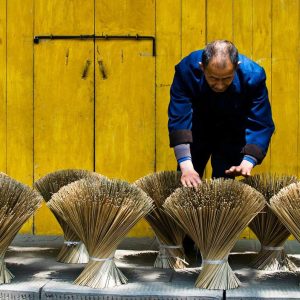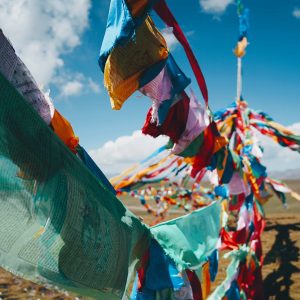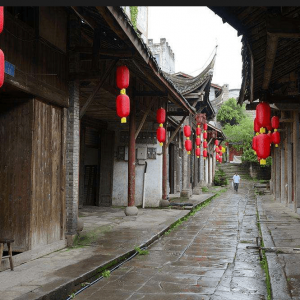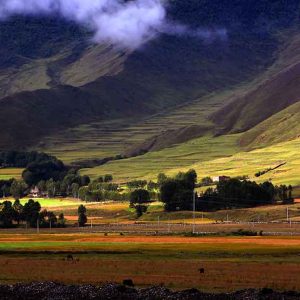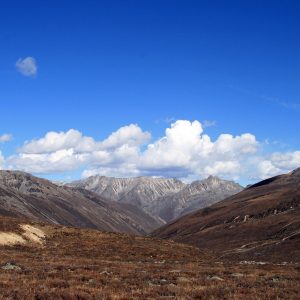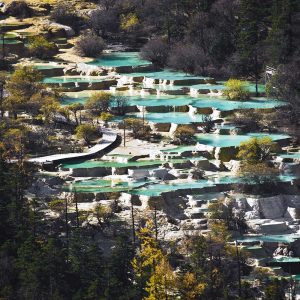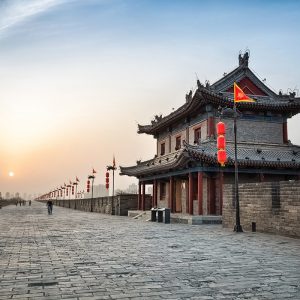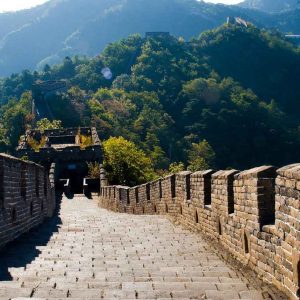Sichuan 四川
Travel Pictures of Sichuan
Presentation of Sichuan
With 485,000 square kilometers and 88 million inhabitants, Sichuan is one of the largest provinces in China. We find from east to west plains, hills, mountains and plateaus. Located in the southwest of the country, this province serves as a gateway to Tibet. To the west of Sichuan, some Tibetans have even taken up residence, but it is the Yi community that mostly inhabits the province.Sichuan offers a variety of very rich landscapes with rivers, waterfalls, hot springs, lakes, ponds and caves. Some sites have been ideally landscaped for tourists such as Jiuzhaigou Park. Several sites have been classified as World Heritage by UNESCO. Among them are Mount Emei Shan, Dazu rock carvings, Huanglong basins, Mount Qingcheng, sacred to Taoist culture and the great panda sanctuaries. The animals that live in the area are numerous. There are about 50 species of rare animals. In Sichuan, there are 85% of giant pandas in China. Many reserves have been created for endangered species, including Chengdu and Bifengxia.The cities of the province are full of historical and cultural sites. Chengdu, the capital whose history goes back more than 2000 years, is known for its printing and making of satin, brocade and ceramic objects. Dege is home to a Tibetan bookseller and Ganzi is home to many monasteries. The largest Buddha statue carved out of the rock is in Leshan.The largest airport in Sichuan is located in Chengdu. It is connected to all major cities of China but also to some European cities, Japan and South Korea. The rail network is also excellent in the region and recently a high-speed train was set up between Chongqing and Chengdu. Tourist sites are served by buses. The roads are in good condition and the schedules are reliable. Learn more about Sichuan Province
When to travel to Sichuan?
Because of its size, the climate varies from one place to another. The region can be divided into 3 distinct areas. In the east, in the Chengdu basin, temperatures are quite high but the sky is cloudy and thick fog often prevails on the scene. The highlands of the north-west are very sunny but the temperatures remain low even in summer. In the southwest, the climate depends on the height of the peaks on which you are. At the highest, the climate can be cold but the Jiuzhaigou Valley has a tropical climate. The rainy season runs from May to October. You will find more detailed information about climate in Sichuan on the pages: Weather Chengdu and Weather Sichuan.
Where to sleep in Sichuan?
Staying in a good hotel is the beginning of a successful holiday. Indeed, a good accommodation can make your vacation even more exceptional … like a bad one can spoil a stay.Known as the natural habitat for giant pandas, Sichuan has plenty of places to stay. You’ll have something for every budget, from small B & Bs of incomparable charm to large hotels located in the city center, near the main sites to visit, or in the surrounding countryside. That’s why we have selected for you the best hotels in Sichuan, combining comfort and quality of services.

